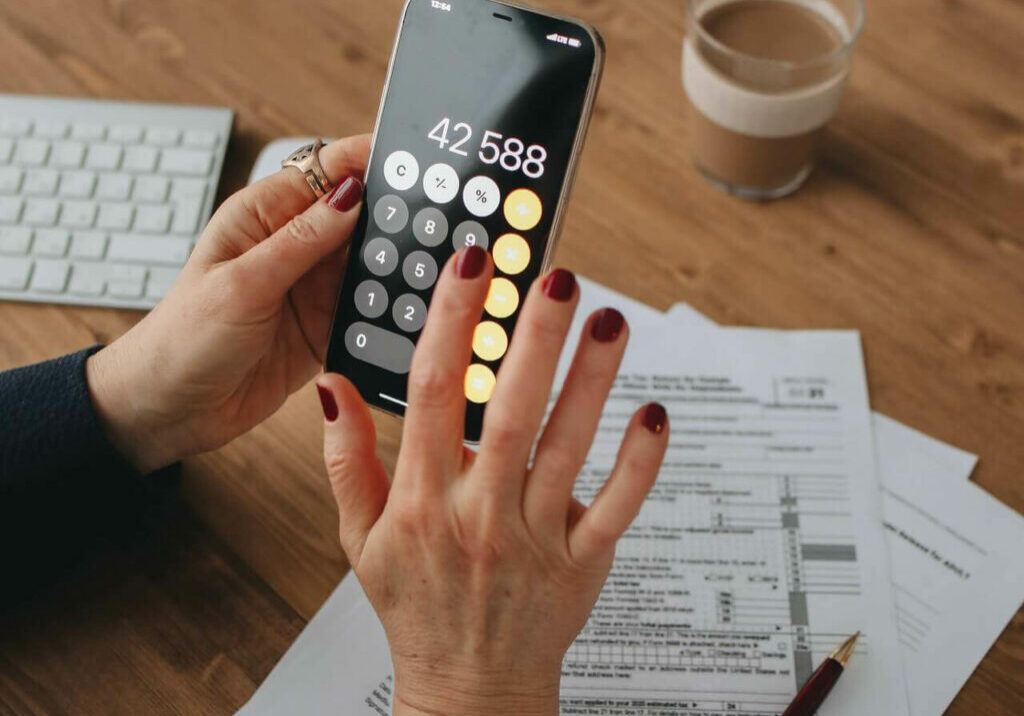How Interior Designers Navigate the Question, Can I have a Discount?
Whether an interior design business is big or small, navigating the landscape of pricing, fees, and discounts can be a hassle. This holds especially true for interior design businesses, which are well-acquainted with the intricacies of these negotiations. We all have been in a situation where we are paying someone for a service and think, “I wonder if I can get a discount.” Larger companies and corporations often provide discounts as they can absorb occasional price reductions. However, the scenario differs for a small interior design business owner who meticulously monitors their financial status.
Moments when clients attempt to reduce design fees, avoid shipping charges, or access trade discounts can be awkward, and often, we aren’t given the tools to navigate them. Yet, managing these requests goes beyond simply declining them; it involves understanding the reasons behind such inquiries and proactively addressing or handling them.
Let’s delve into the why before diving into the how. Clients might not fully grasp the depth of value an interior designer brings. To them, it might seem like picking furniture and colors, unaware of the intricate coordination with contractors, project management, and the unseen complexities involved. Setting transparent expectations right from the start is crucial to avoid these misinterpretations.
The first and most crucial business practice to implement is good communication. One way to do this is to have your client sign a contract with pricing terms before starting a project. List your pricing process down to the details.
Details to be sure to include in your contract:
- How you will bill for your design time (hourly vs. flat fee)
- Retainers collected and how and when they are applied
- What will happen if the client goes beyond the initial project scope
- What fees apply if the client is late to pay an invoice
- Restocking fees
- What happens if a client makes a choice but changes their mind once the item is in their home
Be mindful about initiating discussions about pricing and policies early in your interactions with potential clients. Being upfront can prevent misunderstandings later.
It’s crucial that your website’s services section clearly explains your design process, providing clients with a transparent understanding of what to expect from a comprehensive interior design package. Emphasize that the detail in your work ultimately justifies the associated pricing. Know that this price is not just for the work going into the project but also for the work you have done to build your skills and become a successful designer.
Lastly, know your worth and showcase your value! Market your unique approach and the exceptional client experience you offer. Highlight your portfolio, sharing project stories, case studies, and client testimonials that showcase your expertise. This is a part of your nature as an interior designer, after all. The client would not have hired you if they didn’t enjoy your eye.
There are instances when a discount is warranted, such as if an item arrives damaged and the client decides to keep it as is. You can discount the item as a courtesy. Another option is to discount your design time versus the product. Anytime you are providing less than what is promised, a discount is a good idea to consider to maintain rapport with the client.
Let’s imagine you’ve covered all bases, but a client still asks for a discount. How do you respond?
Again, if a discount is warranted, that is a different story. But more times than not, this is not the case. Here are our tips when this occurs:
- Reiterate Your Value: Remind them of your pricing policy and the benefits it offers them. Often, this can resolve the request.
- Understand Their Concerns: Ask if there’s a shift in their circumstances or budget. Sometimes, the discount request masks another underlying issue that can be resolved without compromising pricing.
- Consider Compromise (with Caution): If the client is persistent, evaluate if there’s room for compromise without undervaluing your work. Adjusting the scope or removing a deliverable could be a middle ground.
- Know When to Walk Away: If the client remains adamant about a discount that doesn’t align with your value, it might be time to part ways gracefully.
If a client seeks a discount, they often do not align with your ideal client profile. While it can be challenging to turn away potential business, it’s sometimes important for long-term success. This is because a client who prioritizes budget may scrutinize every invoice and purchasing decision, leading to friction during the project. However, when you collaborate with clients who truly value your services and expertise, the project unfolds seamlessly, resulting in a compatible and conflict-free outcome.
Share On:



